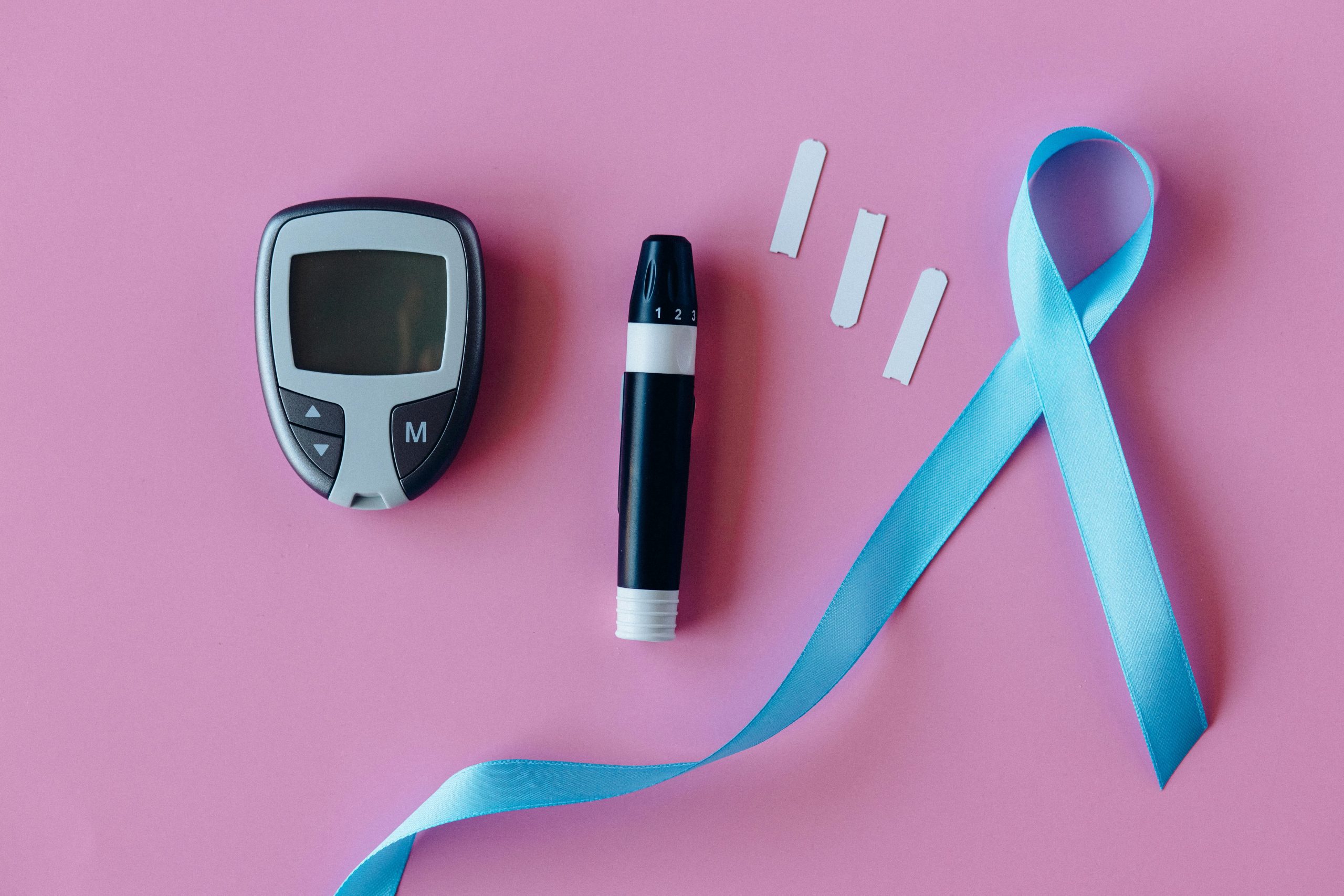The healthcare landscape is rapidly evolving, and remote patient monitoring (RPM) is at the forefront of this transformation. By 2025, advanced medical devices will enable healthcare providers to monitor patients’ health in real-time, reducing hospital visits and improving outcomes. These innovations are not only enhancing patient care but also cutting costs and increasing accessibility. Here’s a look at the top medical devices set to revolutionize remote patient monitoring in 2025.
1. Smart Wearables for Continuous Health Tracking
Wearable technology has come a long way from basic fitness trackers. In 2025, smart wearables will offer comprehensive health monitoring, providing real-time data to both patients and healthcare providers.
Key Features of Next-Gen Wearables
- Advanced Biometric Sensors: Devices will measure heart rate, blood oxygen levels, blood pressure, and even glucose levels non-invasively.
- AI-Powered Analytics: Built-in artificial intelligence will detect anomalies and alert users or doctors to potential health risks.
- Seamless Integration: Wearables will sync with electronic health records (EHRs) for streamlined data sharing.
Leading brands like Apple, Fitbit, and Garmin are already paving the way, but 2025 will see even more specialized medical-grade wearables entering the market.
2. Implantable Monitoring Devices
For patients with chronic conditions, implantable devices offer unparalleled monitoring capabilities. These tiny, wireless devices provide continuous data without the need for external wearables.
Breakthrough Implantable Technologies
- Cardiac Monitors: Devices like the Medtronic LINQ II track heart rhythms and detect arrhythmias in real-time.
- Glucose Monitors: Implantable sensors for diabetics will eliminate the need for frequent finger pricks.
- Neurological Sensors: Emerging tech will monitor brain activity for epilepsy and Parkinson’s patients.
These implants are minimally invasive and can transmit data directly to healthcare providers, ensuring timely interventions.
3. AI-Enabled Home Diagnostic Kits
Home diagnostic kits are becoming smarter, thanks to artificial intelligence. By 2025, these devices will allow patients to perform complex tests at home with lab-grade accuracy.
Popular AI-Powered Home Diagnostics
- Portable ECG Machines: Devices like the AliveCor KardiaMobile provide instant ECG readings.
- Smart Stethoscopes: AI analyzes lung and heart sounds, flagging abnormalities.
- At-Home Blood Test Kits: Companies like Theranos (though controversial) inspired a new wave of reliable, compact blood analyzers.
These kits empower patients to take control of their health while reducing the burden on healthcare facilities.
4. Remote Monitoring Patches
Adhesive patches with embedded sensors are a game-changer for continuous monitoring. These discreet devices stick to the skin and collect vital data without discomfort.
Benefits of Monitoring Patches
- 24/7 Data Collection: Ideal for post-surgical or critically ill patients.
- Wireless Connectivity: Data is transmitted in real-time to healthcare providers.
- Multi-Parameter Tracking: Some patches monitor temperature, hydration, and even medication levels.
Companies like VitalConnect and BioIntelliSense are leading the charge with FDA-approved patches already in use.
5. Telemedicine-Integrated RPM Devices
The future of RPM lies in seamless integration with telemedicine platforms. Devices that sync with virtual care systems will dominate the market by 2025.
How Integration Enhances Care
- Real-Time Consultations: Doctors can review live data during virtual visits.
- Automated Alerts: Critical changes in patient health trigger immediate notifications.
- Centralized Data: All health metrics are stored in one platform for easy access.
Platforms like Teladoc and Amwell are already partnering with device manufacturers to create unified ecosystems.
Conclusion
Remote patient monitoring is set to redefine healthcare in 2025, with cutting-edge devices offering unprecedented levels of care and convenience. From smart wearables to implantable sensors and AI-powered diagnostics, these innovations are making healthcare more proactive, personalized, and accessible. As technology continues to advance, the line between hospital and home care will blur, ensuring better outcomes for patients worldwide.
